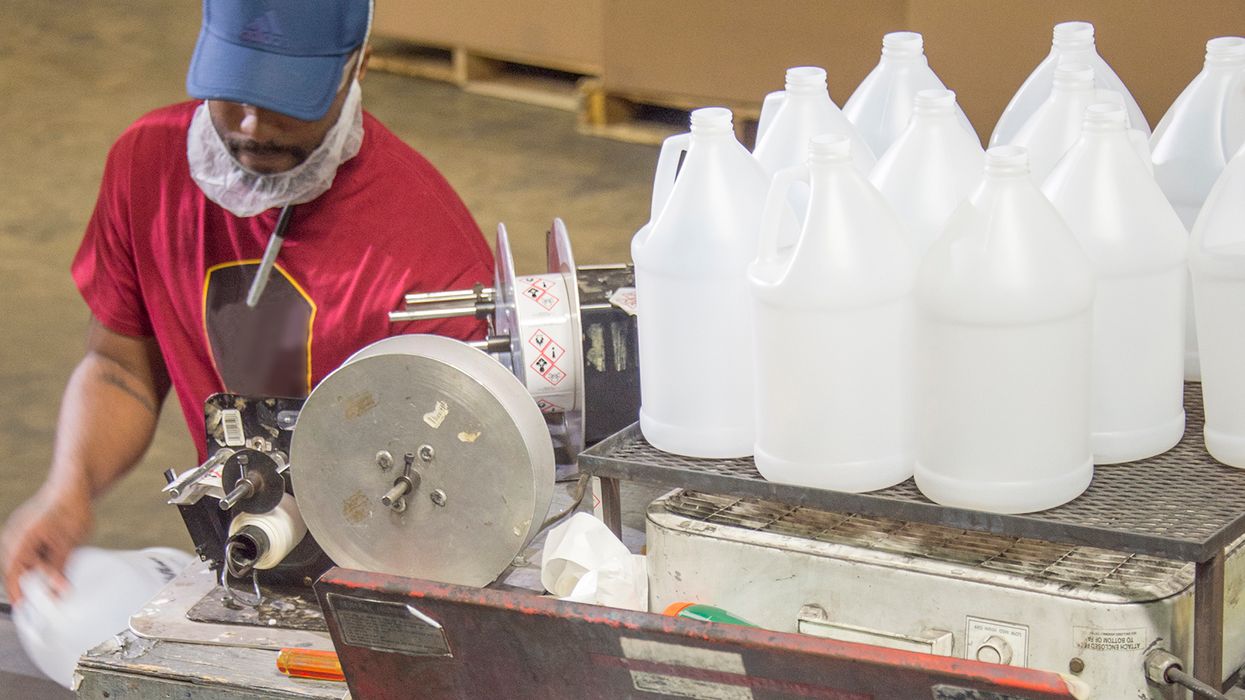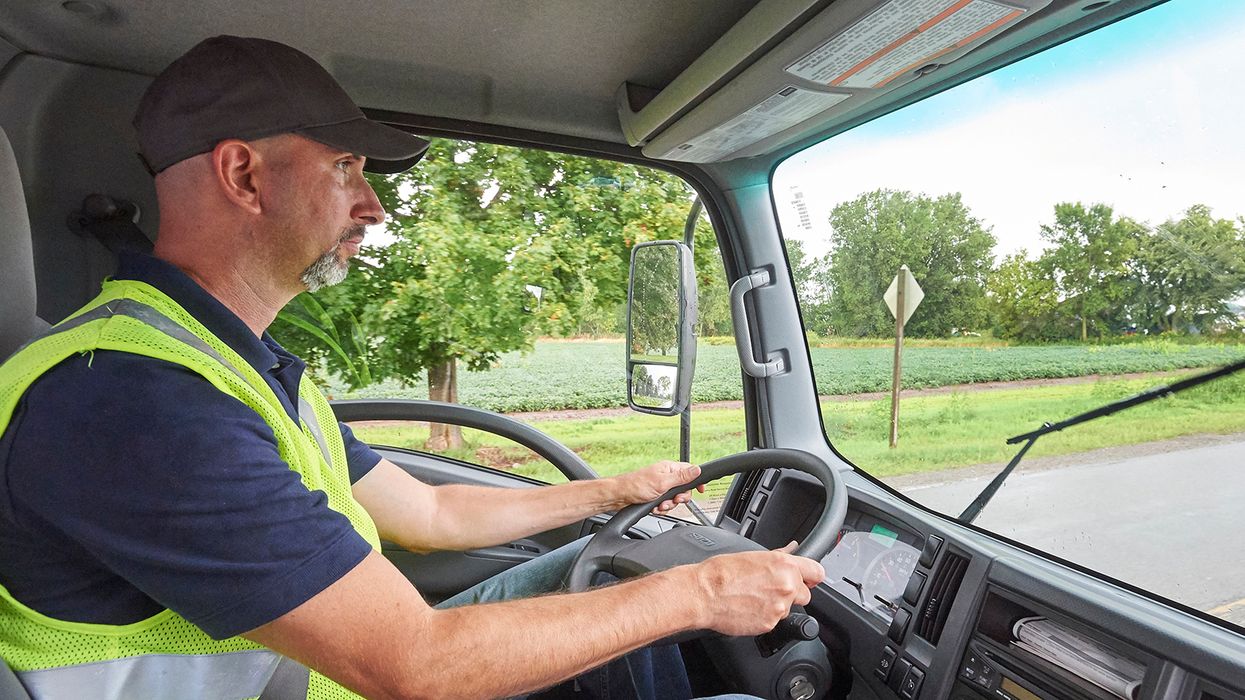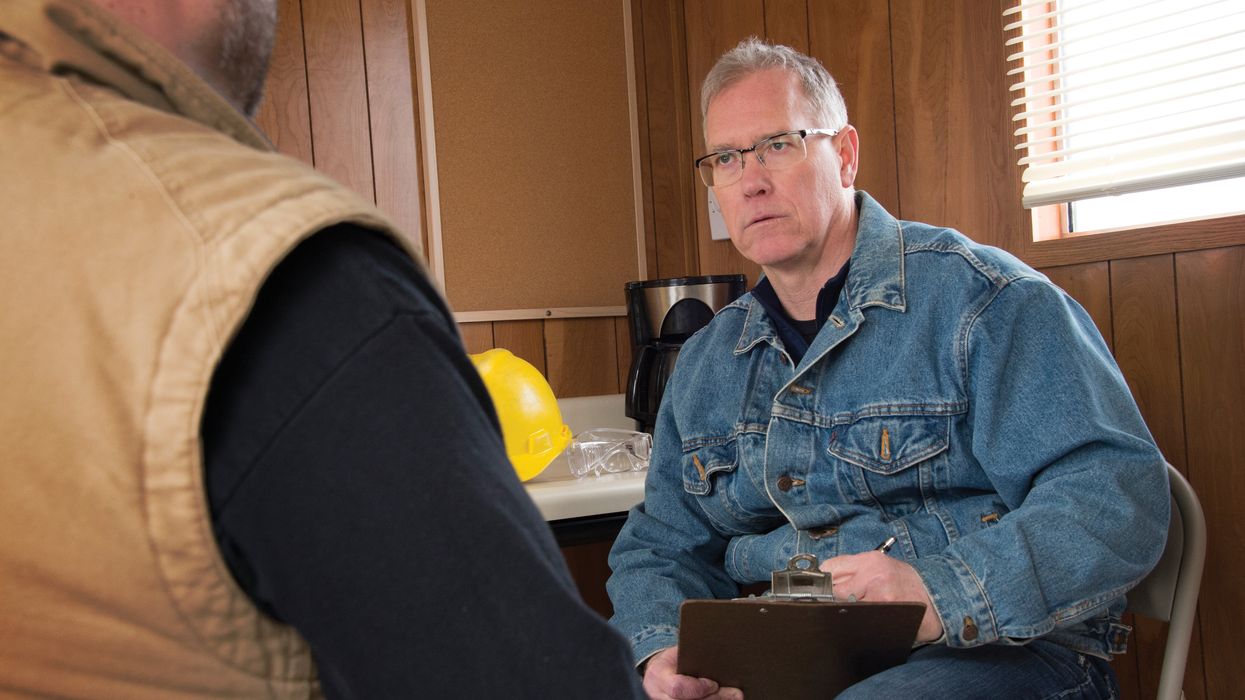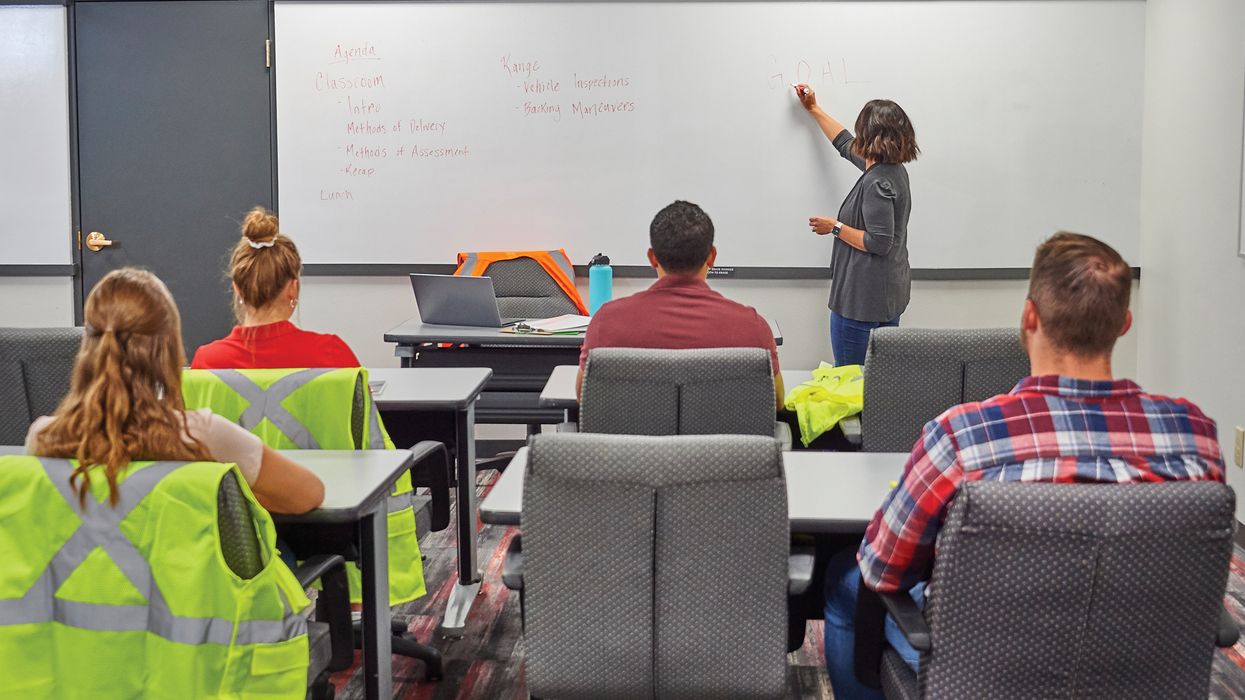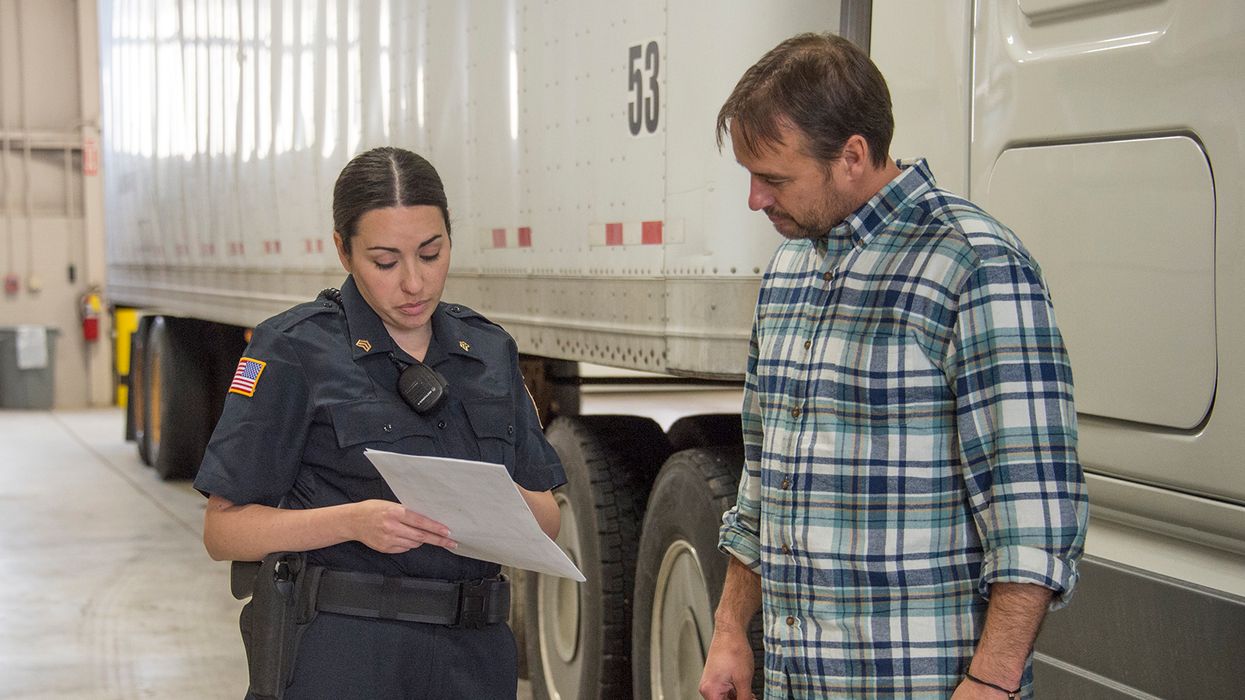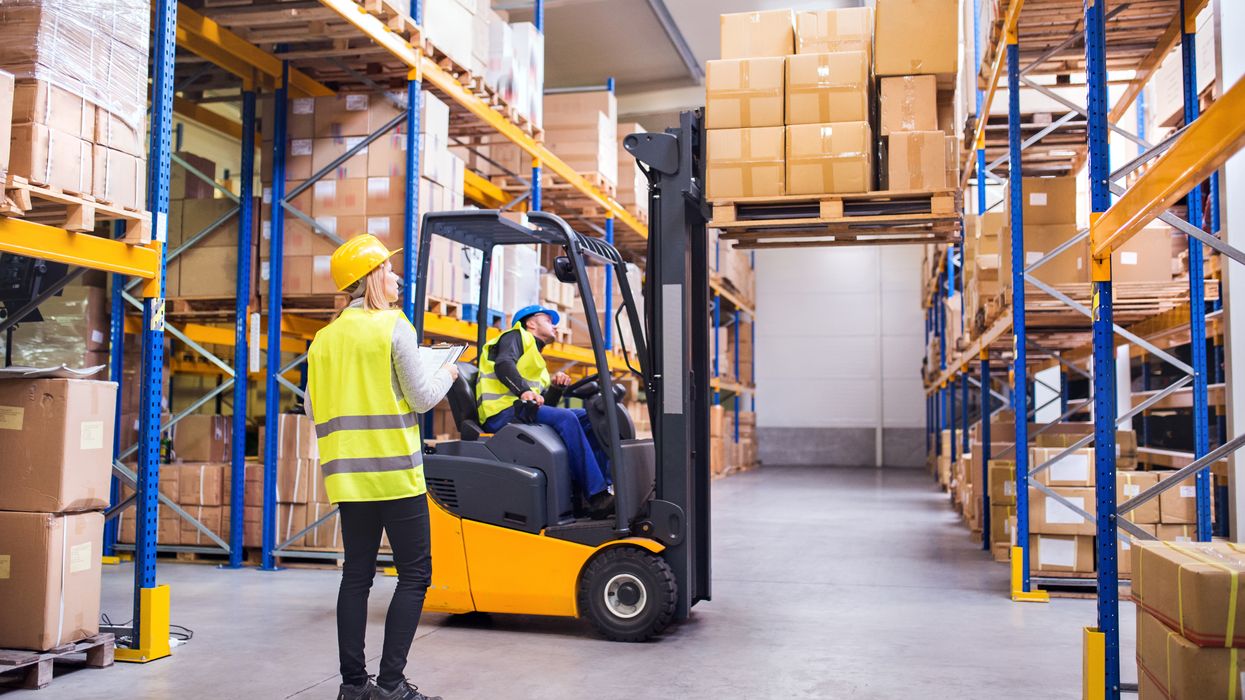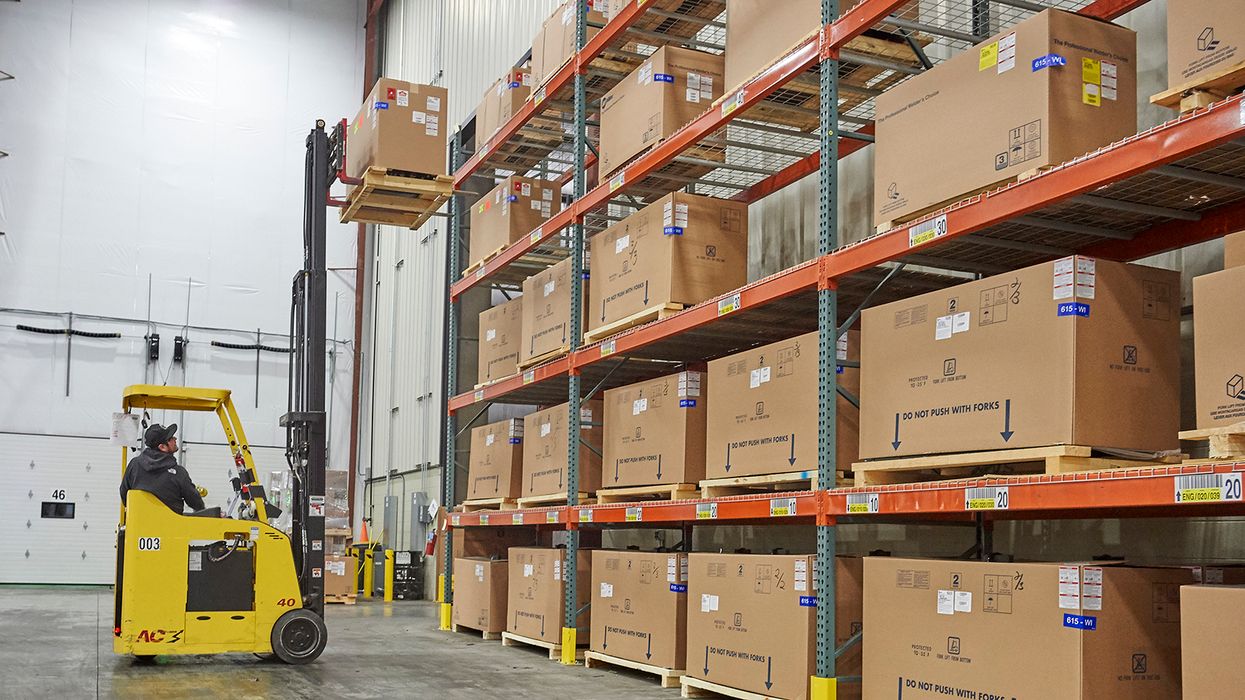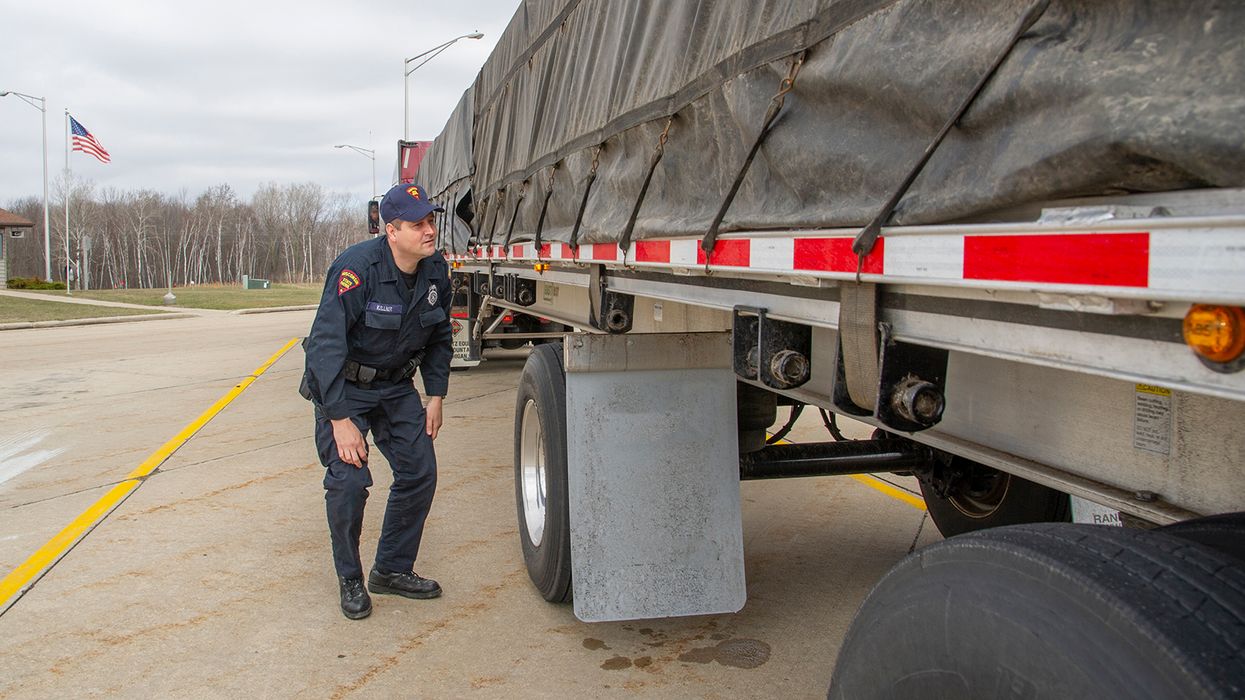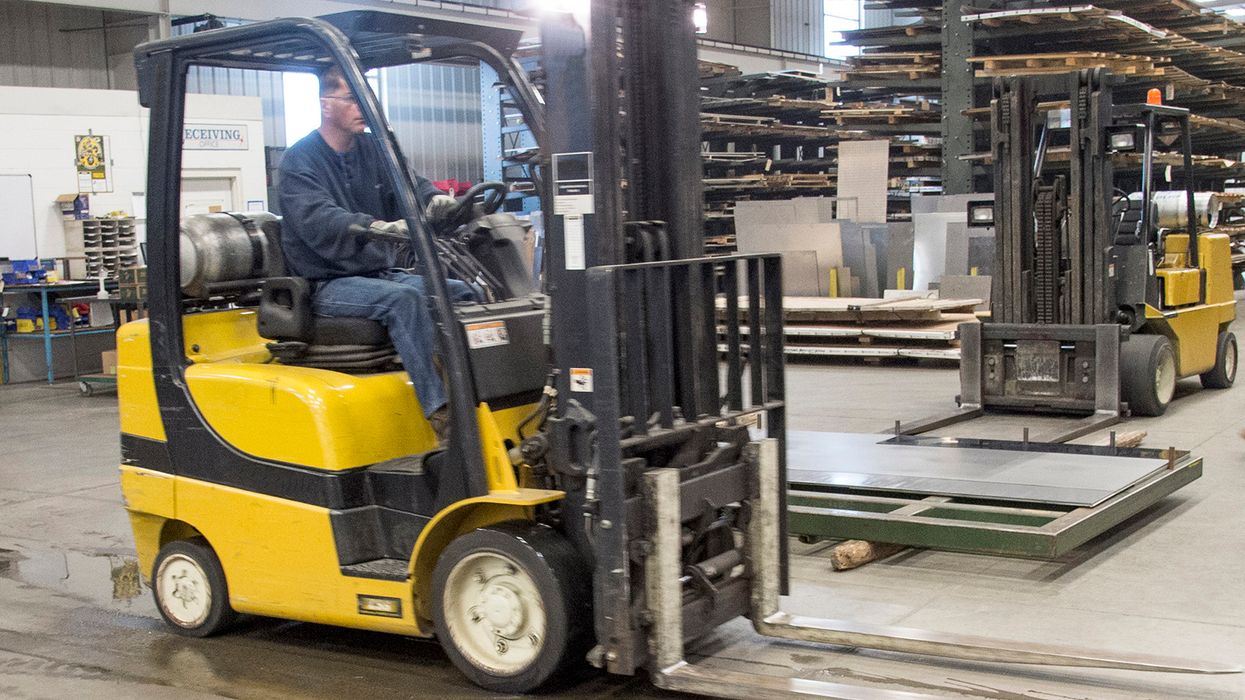Virtual reality: Not just for gamers anymore
Virtual reality (VR) may bring to mind headset-clad gamers engrossed in epic online adventures, but in fact many industries – from healthcare to the military – have long used VR for training purposes. It’s an immersive experience that may call on skills some of us aren’t used to, at least for this writer! My recent experience with VR training put me in the midst of a workplace scenario, in which my goal was to conduct a pre-trip inspection of a vehicle. While that sounded easy enough, I soon learned that reaching for and picking up items – never mind pointing myself in the right direction – took a bit of finessing.
What are the advantages?
A straw poll conducted during a training webcast earlier this year revealed that a handful of attendees are incorporating VR into their workplace safety training. It continues to grow in popularity and has several benefits, among them appealing to younger generations who have grown up with technology and find it second nature. Other benefits include:
- Real-world scenarios can be re-created in a controlled environment.
- Hands-on maneuvers can be practiced multiple times before being used on the job.
- Learning is more visual, which aids retention and recall.
What does OSHA say?
OSHA addresses both VR and online training in a 2020 letter of interpretation, cautioning that relying solely on either one may not provide the site- and/or job-specific training that employees need. Additionally, the agency states, “Some of the [OSHA] standards … require “adequate” or “effective” training or instruction. Whether online or virtual reality training methods provide “adequate” or “effective” training may only be determined on a case-by-case basis. Employers need to examine the standards applicable to their workplaces and determine whether the training tools (such as online or virtual reality) they are using advance their employees’ overall comprehension and understanding of workplace hazards.
“Effective safety and health training should include hands-on instruction and exercises, which provide employees the opportunity to become familiar with protective measures such as personal protective equipment, and safe workplace practices. For example, the purpose of hands-on training in the donning and doffing of personal protective equipment is two-fold: first, to ensure that workers have an opportunity to learn by experience and second, to assess whether workers have learned to use the protective gear competently.
“In some instances, effective training must also provide an opportunity for interactive questions and answers.”
Key to remember: OSHA allows the use of VR training but cautions employers not to rely solely on one type of training to meet regulatory requirements.


































